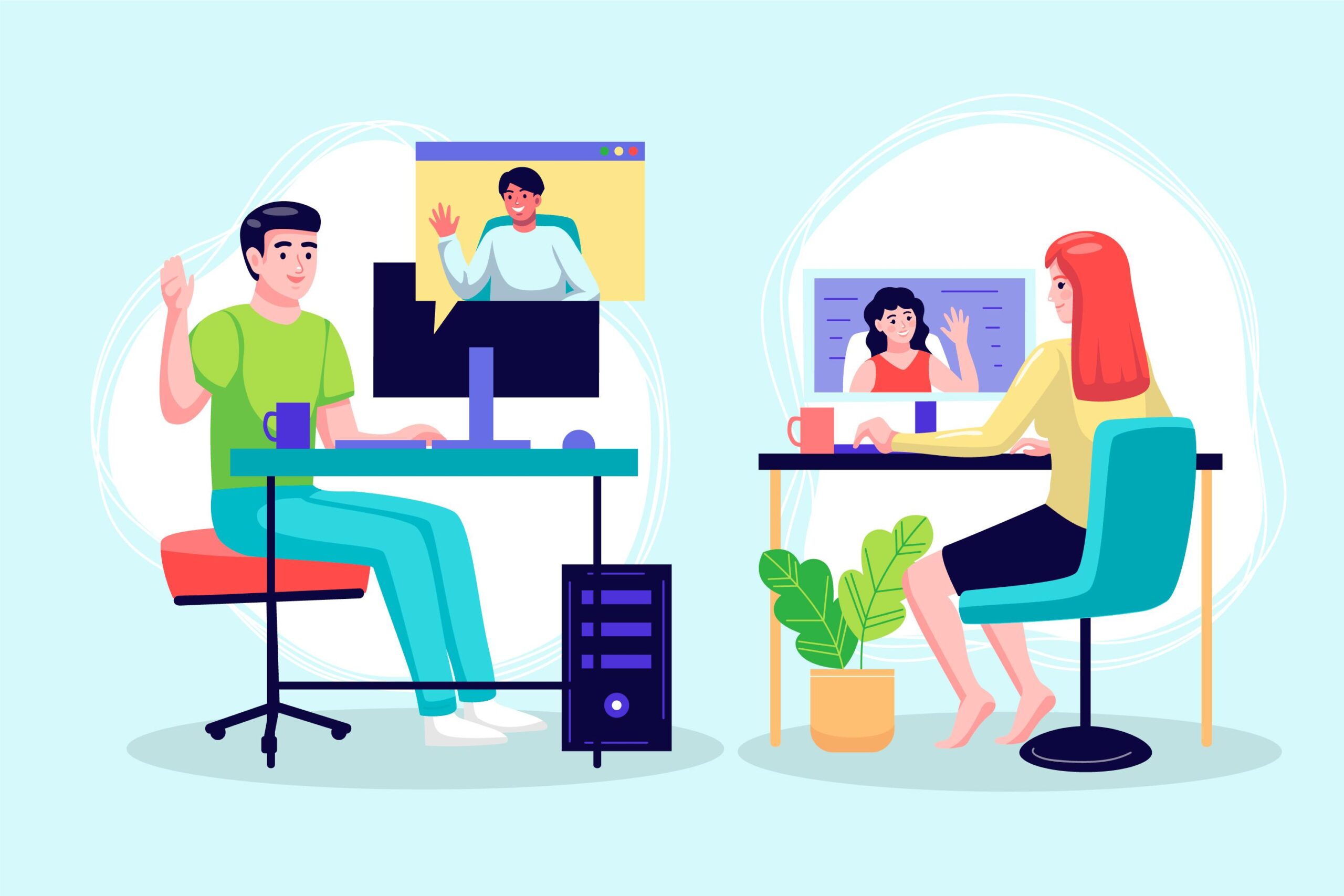Employee Turnover vs Attrition: What’s the Difference?
By Maria Forbes
March 11, 2021
It’s more than just frustrating when you lose an employee, it’s expensive. Research conducted by the U.S. Bureau of Labor Statistics (BLS) shows that the average tenure for employees in the United States is about four years. Understanding employee turnover and employee attrition can minimize the cost of replacing team members. Let’s break down the concepts, including how they differ.
Turnover or Attrition
Employee turnover is defined as the loss of an employee due to termination, lack of job satisfaction, resignation, conflict of interest or other similar reason. It is called “turnover” because the position requires you to find a replacement. Turnover is the loss of an employee in an active job position.
Consider two types of turnover; voluntary and involuntary. Voluntary turnover occurs when an employee voluntarily leaves your company, whereas involuntarily turnovers occur when an employee is forced to leave.
Employee attrition is defined as the loss of an employee for a job position that your company no longer intends to keep. When an employee leaves your company and you do not intend to find a replacement this is considered attrition.
Most instances of employee attrition is involuntary. Downsizing for example, is a common form of involuntary employee attrition. When your company downsizes, it may eliminate one or more positions and those who currently work in the roles will have to leave involuntarily. The key thing to remember is that employee turnover occurs when an employee leaves a role that you intend to keep, whereas employee attrition occurs when an employee leaves a position that you intend to eliminate.

How to Prevent Employee Turnover
Employee turnover is costly. Research shows that it costs about 33% of an employee’s annual salary to find a replacement. The good news is that you can prevent turnover by following a few tips shown below.
Preventing turnover starts with hiring the right employees. You should hire employees who exhibit the necessary skills and experience for the role. Equally important, is finding employees who fit your company culture. Employees who don’t share the same beliefs and values as your team are less likely to stay long term.
Offering job flexibility can help to prevent employee turnover. Job flexibility gives employees greater control over their work schedules. Instead of enforcing a traditional nine-to-five workday, five days per week, you can design specific times and days to work from home. Offering job flexibility is a retention strategy.
Tips for preventing employee turnover:
- Reward and recognize employees for their achievements
- Offer attractive job benefits
- Foster a positive and welcoming company culture
- Nurture regular feedback from employees
- Conduct exit interviews to determine why employees leave
- Include soft skills or talent assessments in your hiring process
- Encourage employees to contribute beyond daily responsibilities, the freedom to be creative
How To Contain Employee Attrition
There are several things you can do to prevent excessive attrition. Creating accurate and well-planned growth projections can prevent elimination of positions. If you can predict how quickly your company will grow, you can avoid the need for downsizing and layoffs. Proper growth projections can help you to create future-proof jobs. Future-proof jobs are those that are able to withstand changes within your company and its operation. Some roles are susceptible to internal changes while others are more resistant to changes. A future-proof approach to role design helps to project needs and manage change without overburdening your team.
A thorough hiring processes will get the right people on your team. The onboarding plan and 90 day planner will ensure they stay through training and the initial three month period. Individual engagement is reviewed regularly, to keep your people aligned with their best role as your company continues to grow. By hiring the right people, cultivating engagement, and projecting changing needs, you can retain unique contributors to your business, reduce employee turnover and contain attrition.




